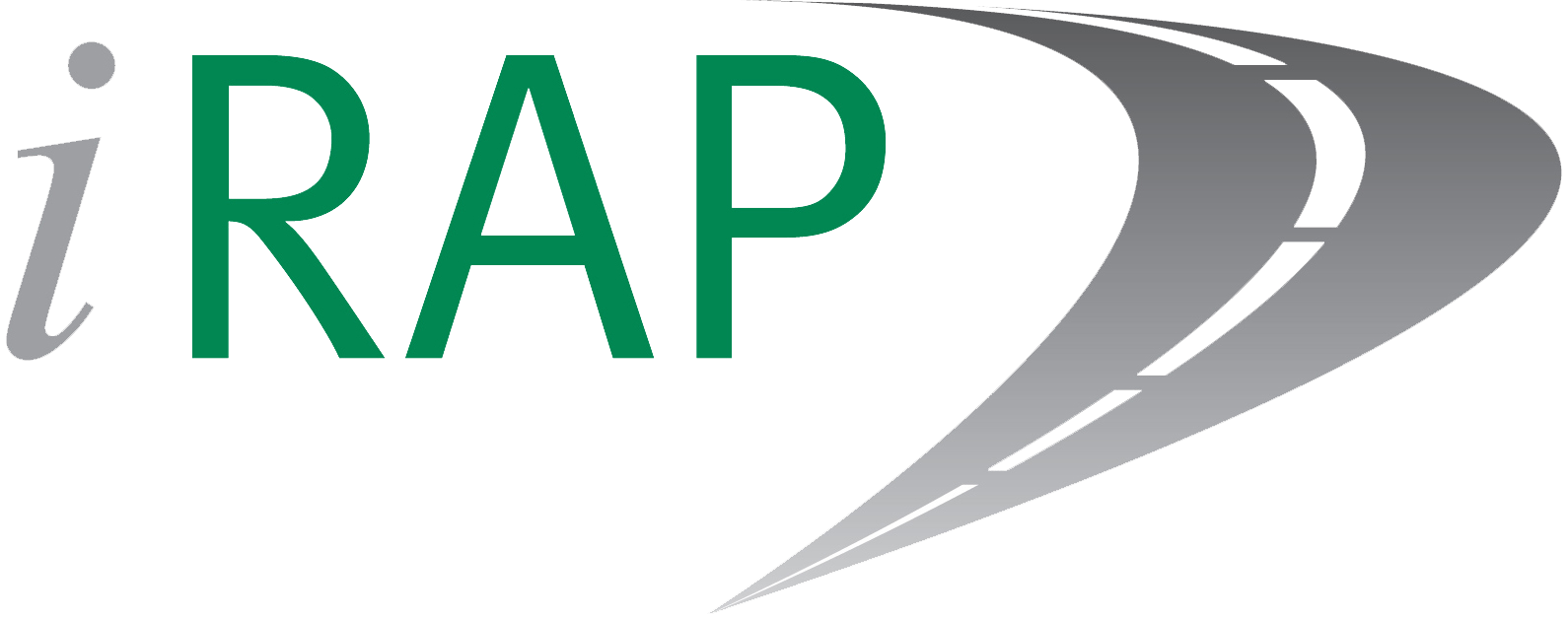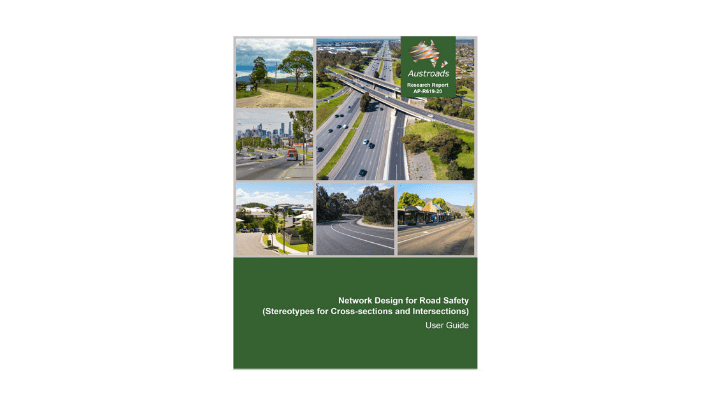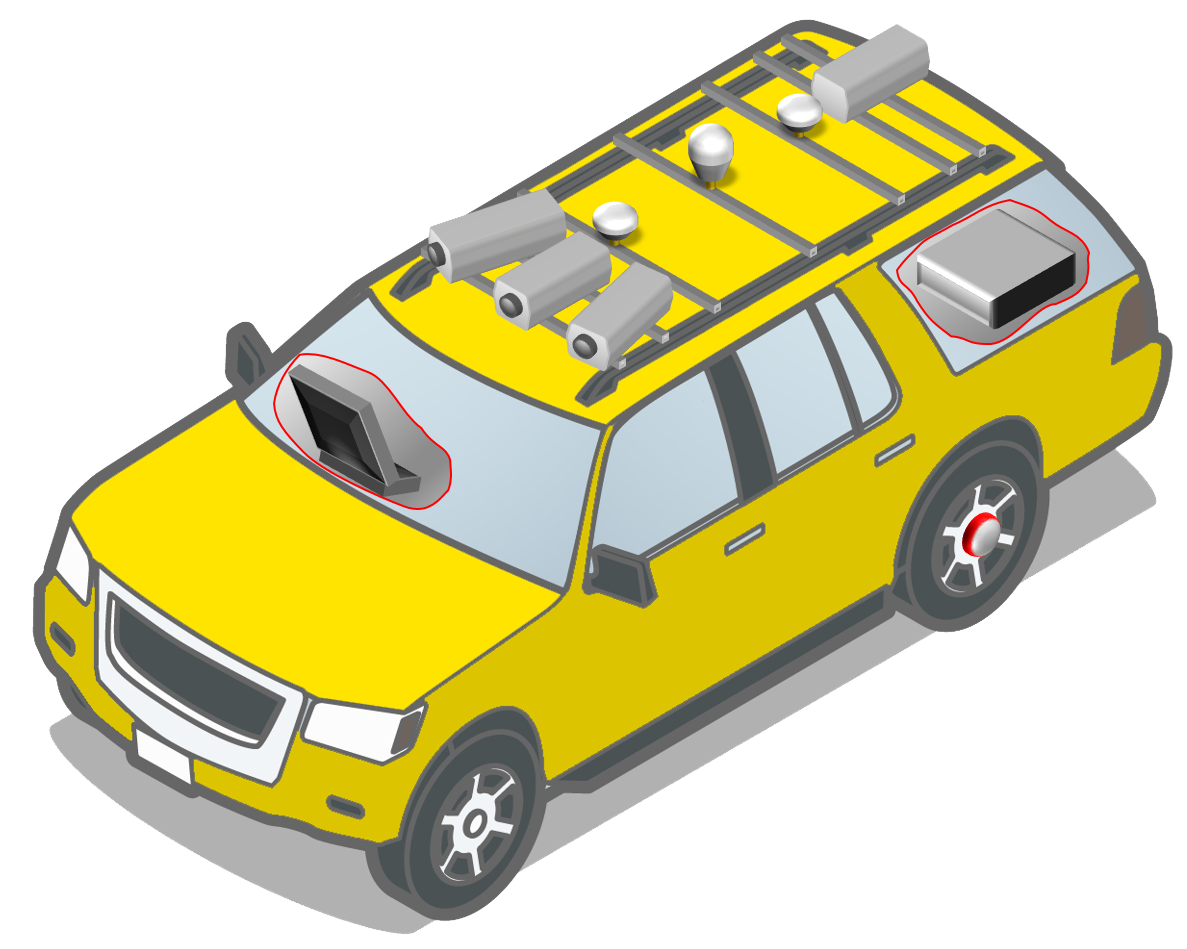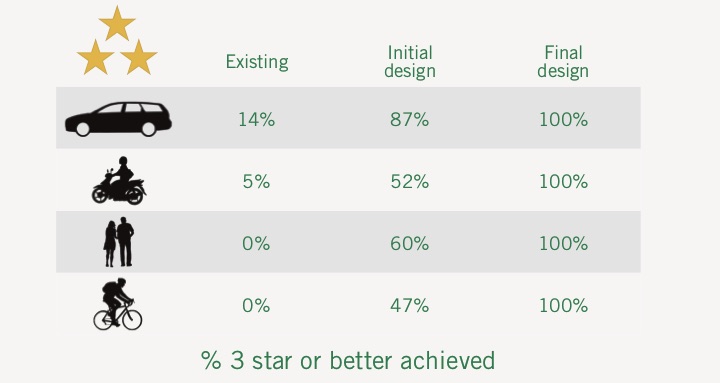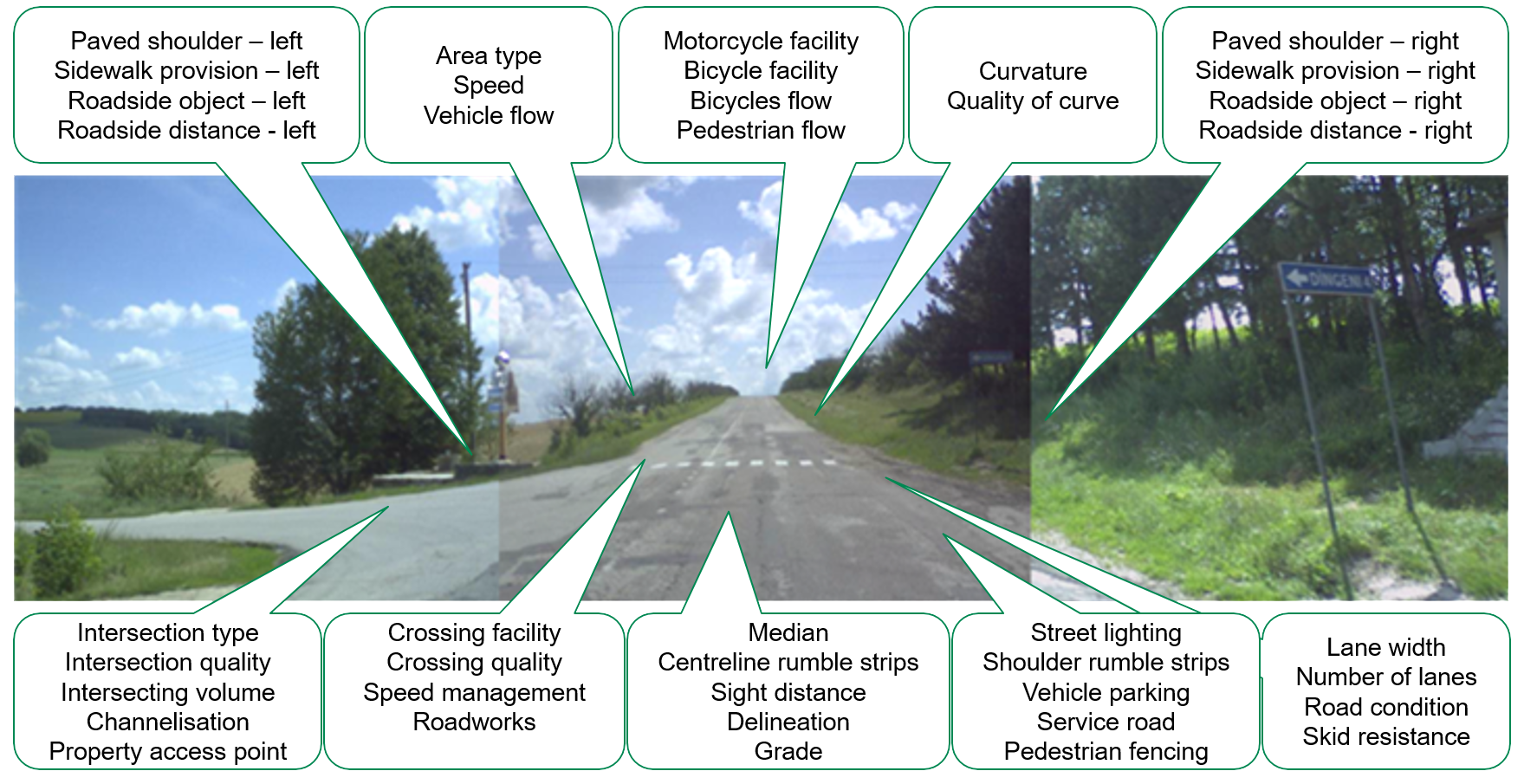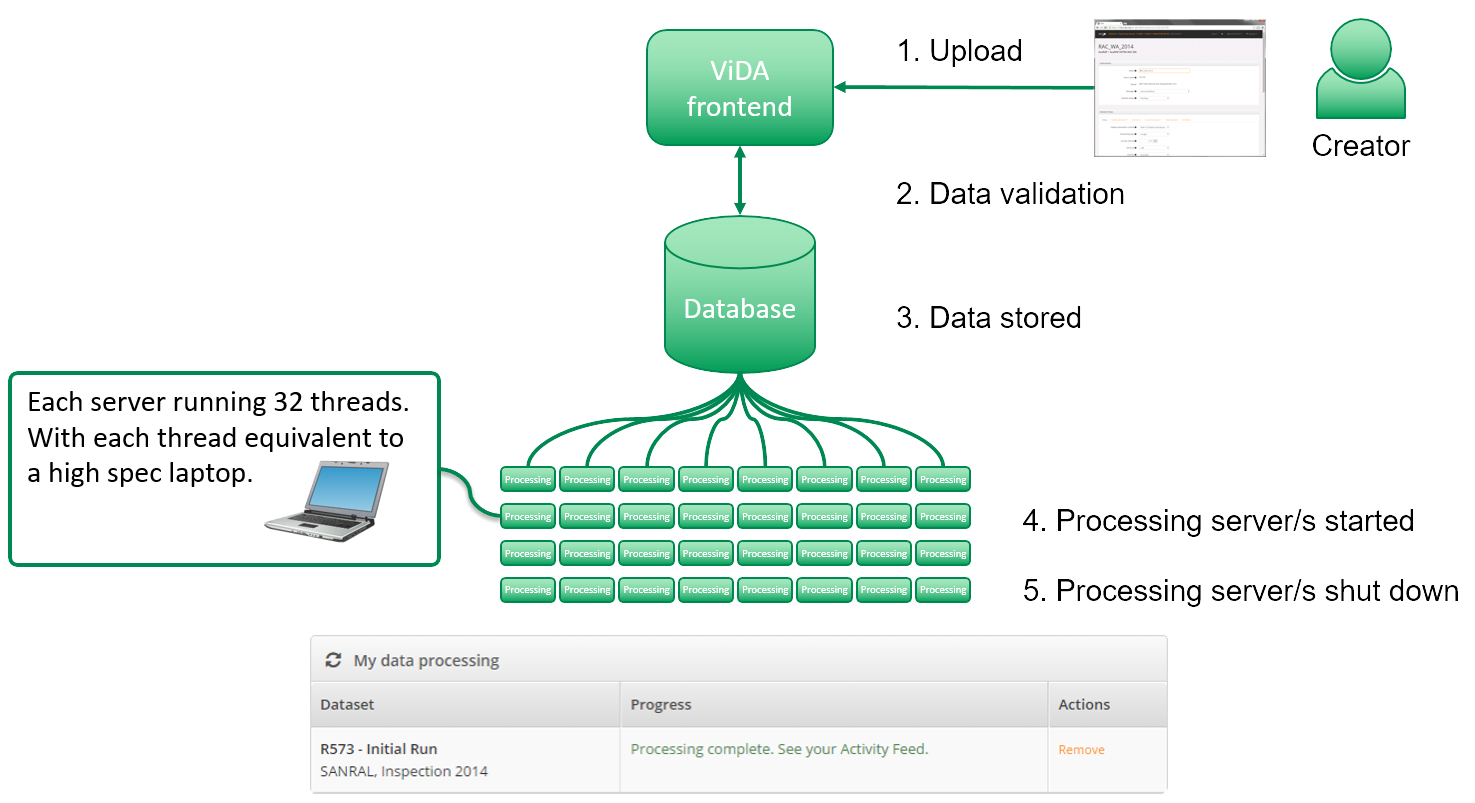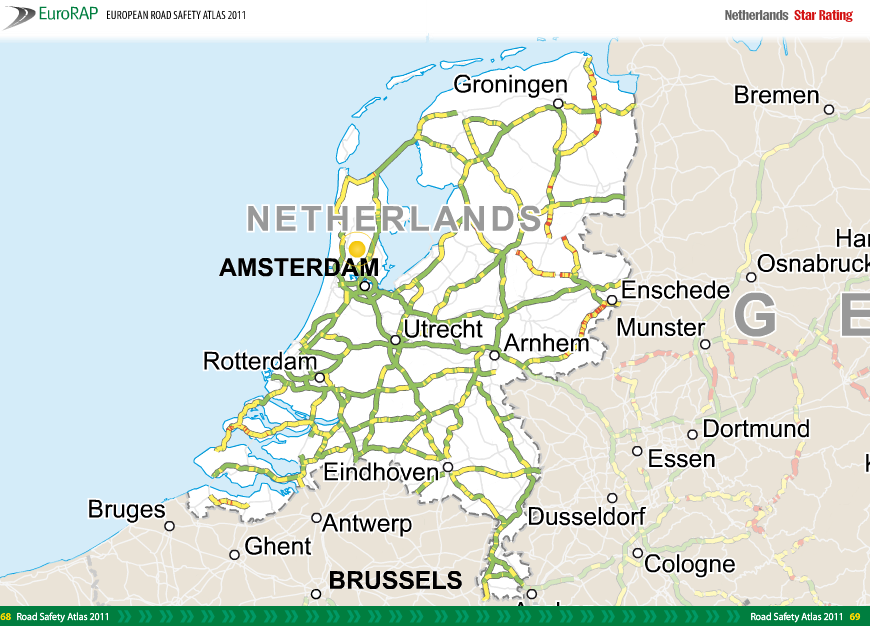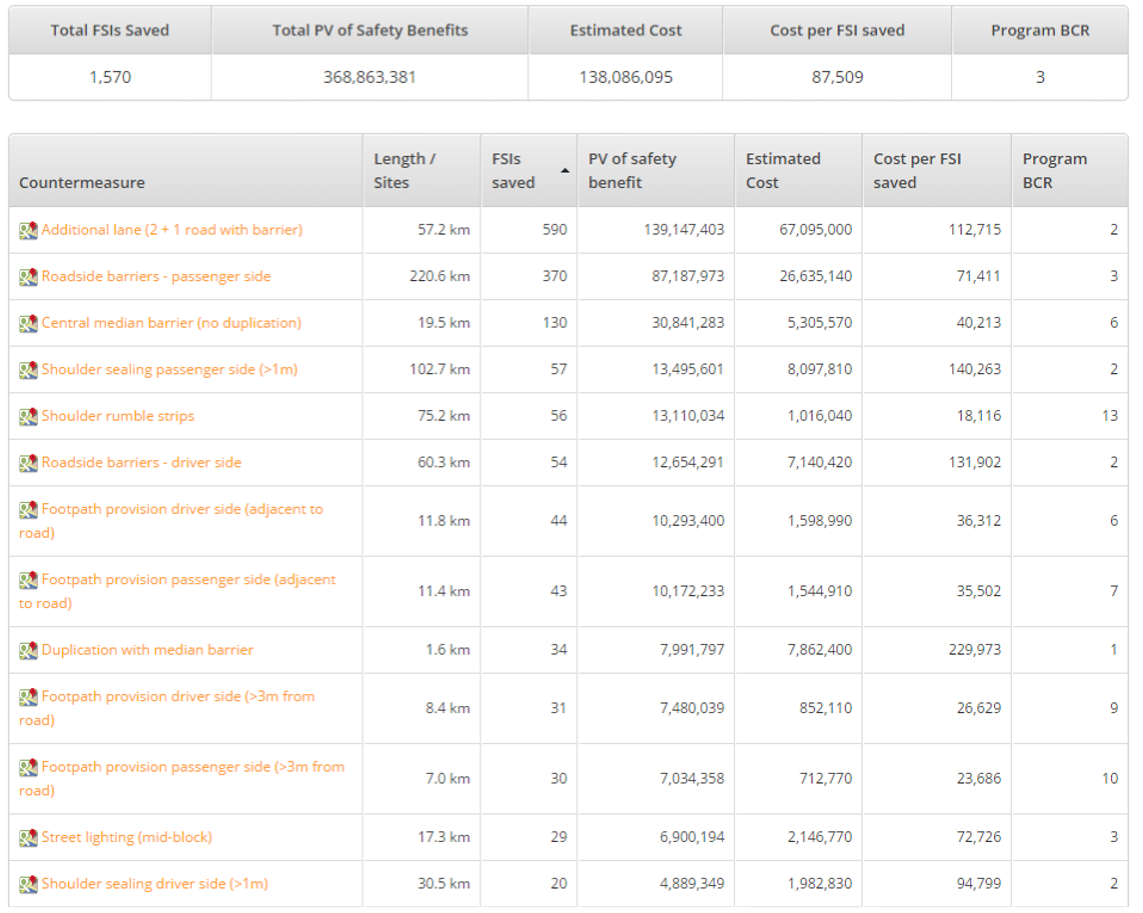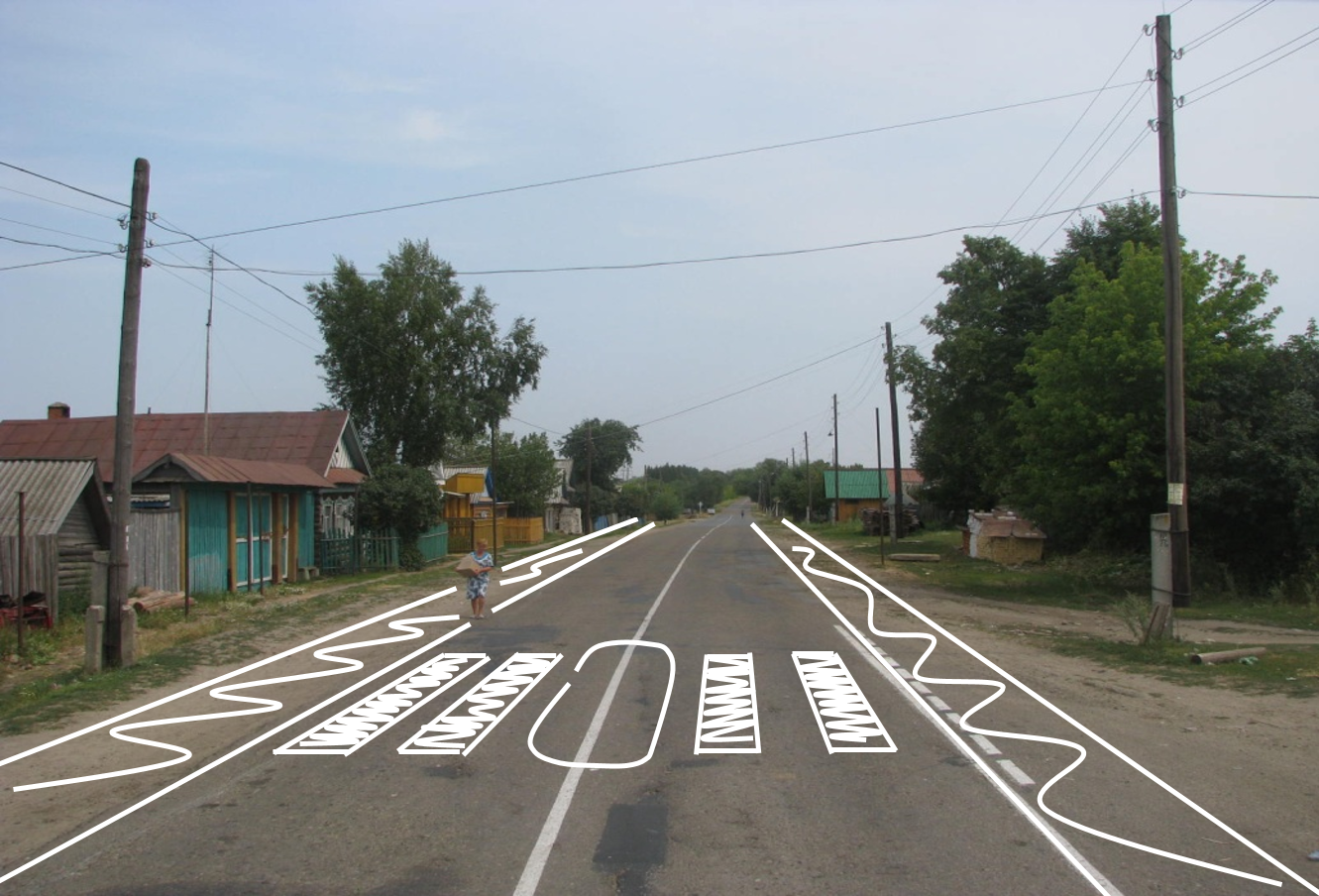The two-part guide aims to help road managers, planners and designers create plans that reduce serious and fatal crashes, deliver self-explaining roads and facilitate decisions resulting in the safest network. The guides are entitled “Road Cross-section Design for Road Stereotypes (including Network Safety Plans) and a Safe System” and Network Design for Road Safety (Stereotypes for Cross-sections and Intersections): User Guide
David Bobbermen, Austroads Road Safety and Design Program Manager said road safety treatments are predominantly considered on a project by project basis which may not result in the safest network with consistent corridor outcomes.
A simple five-step process has been developed, which applies to all roads across a network, includes contemporary safety treatments and can be matched to available and aspirational levels of funding. This process will support road authority officers who are relatively time-poor.
Each option features the reduction in crash risk which is calculated using the Australian National Risk Assessment Model (ANRAM) and improvements in star rating as set globally via the International Road Assessment Program (iRAP).
The types of road on a network are divided into 13 road stereotypes, ranging from motorways to local access roads. For each road stereotype, the project working group developed options by combining cross-sections and safety treatments for varying speed limits to show opportunities to improve road safety.
The five-step process, supported by the information in the reports, is:
- Find the appropriate road stereotype based on the road function, geometric characteristics and traffic volume. Identify the existing cross-section for the asset from the relevant cross-section table and establish the fatal and serious injury (FSI) crash risk and iRAP star rating.
- Select suitable road cross-section treatments and standards that can be applied.
- Using the cross-section tables, find the FSI crash risk for the proposed treatment and compare predicted outcomes for the existing asset and the treatment.
- Find and compare the corresponding iRAP star ratings for the proposed treatment and the existing asset.
- Calculate the crash risk benefit (reduction in fatalities and serious injuries) and the cost of the corridor treatment and match these to the available funding, considering the total network.
“Our guidance provides a simple process to support all local government agencies, and will help road authorities to meet commitments made under the Australian National Road Safety Action Plan 2018–2020 to assess road safety treatments across their networks and apply Safe System approaches to all programs,” Mr. Bobberman said.
Read full article here
Access Austroads Guides here
Read more about the Australian National Road Safety Action Plan 2018 -2020 here
Read more about iRAP’s Star Rating Model here
